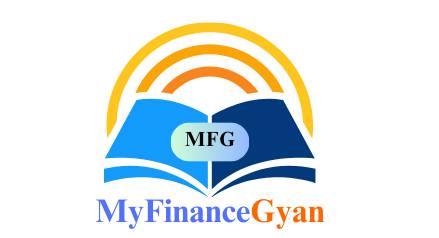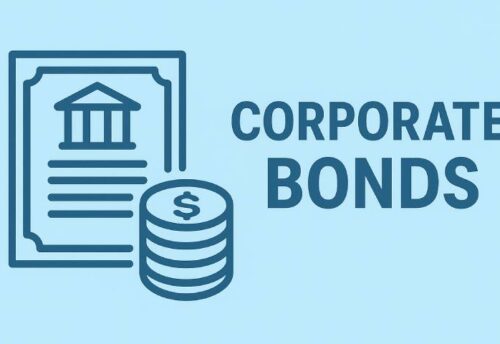
- 27/05/2025
- MyFinanceGyan
- 545 Views
- 3 Likes
- Finance, Investment, Tax
What Are NABARD Notified Bonds and How Do They Work?
For investors seeking a stable and low-risk investment option amidst stock market volatility, NABARD Notified Bonds offer a secure alternative. Issued by the National Bank for Agriculture and Rural Development (NABARD), these tax-free bonds are particularly appealing to investors in higher tax brackets.
Let’s explore what NABARD bonds are, how they work, and whether they align with your financial goals.
What Are NABARD Notified Bonds?
NABARD issued its first tax-free bonds in March 2016, raising ₹5,000 crore with maturity periods of 10, 15, and 20 years. These bonds received top-tier credit ratings — CRISIL AAA/Stable and IND AAA/Stable — signifying strong financial stability and low credit risk.
Being notified and tax-free, these bonds are exempt from income tax under the Income Tax Act, 1961, making them an attractive fixed-income investment.
About NABARD:
The National Bank for Agriculture and Rural Development (NABARD) was established in 1982 under a special act of Parliament. It is a leading development bank aimed at promoting sustainable and equitable agriculture and rural development.
NABARD facilitates the flow of credit to sectors such as:
- Agriculture
- Small-scale industries
- Cottage and handicraft industries
- Other rural development initiatives
Key Features of NABARD Tax-Free Bonds (2016):
Coupon Rate (Interest):
- For retail investors (investment below ₹10 lakh):
- 15-year bonds: 7.64% per annum
- 10-year bonds: 7.29% per annum
- For high-value investors (investment above ₹10 lakh):
- 15-year bonds: 7.35% per annum
- 10-year bonds: 7.04% per annum
Face Value and Minimum Investment:
- Face value: ₹1,000 per bond
- Minimum investment: 5 bonds = ₹5,000 (in multiples thereafter)
Eligibility:
- Only resident individuals and institutions are eligible
- Non-Resident Indians (NRIs) are not allowed to invest
Taxation:
- Tax-Free Interest: No tax is deducted at source (TDS)
- Interest payout: Annually
Liquidity:
- Proposed to be listed on the BSE, enabling trading on the secondary market
- Can be held in physical form or a Demat account
Advantages of Investing in NABARD Tax-Free Bonds:
- Government-backed: Ensures high safety of principal
- High Credit Rating: ‘AAA’ rating reflects low credit risk
- Tax-Free Returns: Ideal for individuals in the 30% tax bracket
- Annual Income: Stable and predictable yearly income
- Liquidity: Listed on the stock exchange
- No Demat Account Required: Physical certificates are permitted
Limitations of NABARD Tax-Free Bonds:
- Not ideal for low-income investors: Those in the 10% or 20% tax bracket may find post-tax returns from other instruments more attractive
- Lower Returns Compared to Equity: Risk-tolerant investors may earn 12-15% annually through mutual funds or equities
- Long-term Lock-In: Best suited for long-term financial planning, not for short-term liquidity needs
Should You Invest in NABARD Tax-Free Bonds?
These bonds can be an excellent addition to your portfolio if you meet the following criteria:
- You are in the 30% tax slab and seek tax-free, stable income
- You want to diversify your investments with low-risk, government-backed securities
- You are planning for long-term financial goals, such as retirement
- You prefer annual income without worrying about market fluctuations
However, if you’re aiming for higher growth, are comfortable with moderate risk, or have shorter financial goals, mutual funds or other equity-based options might offer better returns.
Final Thoughts:
NABARD Notified Tax-Free Bonds offer a secure and tax-efficient way to generate regular income, especially for conservative investors in higher tax brackets. However, before investing, evaluate your income tax status, investment horizon, and financial goals to decide if these bonds align with your needs.
Disclaimer:
The views expressed in this article are for educational purposes only and are not intended as investment advice or product recommendations. Always consult a certified financial advisor before making investment decisions.
Let me know if you’d like this formatted into a downloadable PDF or adapted for your website.



